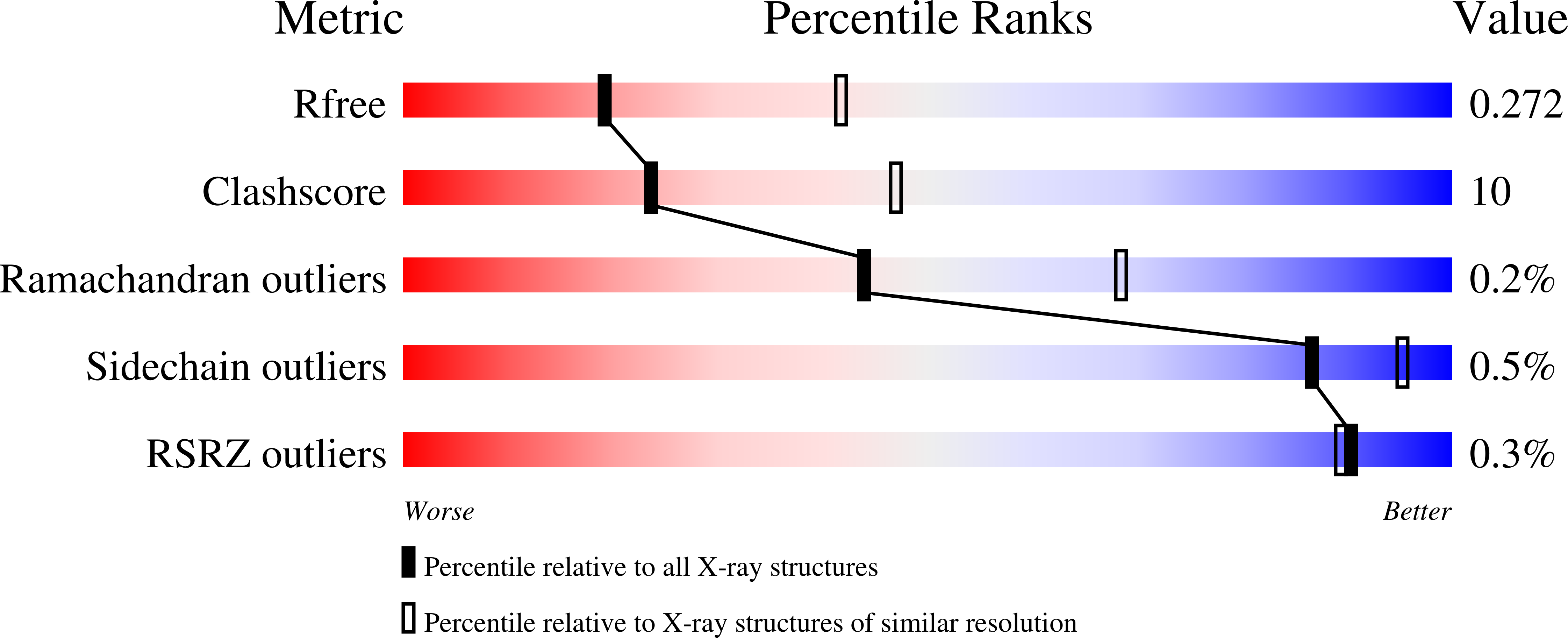
Deposition Date
2025-05-02
Release Date
2025-08-20
Last Version Date
2025-08-20
Entry Detail
PDB ID:
9R35
Keywords:
Title:
Crystal structure of the Pseudomonas putida Xre-RES toxin-antitoxin complex bound to promoter DNA
Biological Source:
Source Organism:
Pseudomonas putida KT2440 (Taxon ID: 160488)
Host Organism:
Method Details:
Experimental Method:
Resolution:
2.70 Å
R-Value Free:
0.26
R-Value Work:
0.22
Space Group:
P 1 21 1


